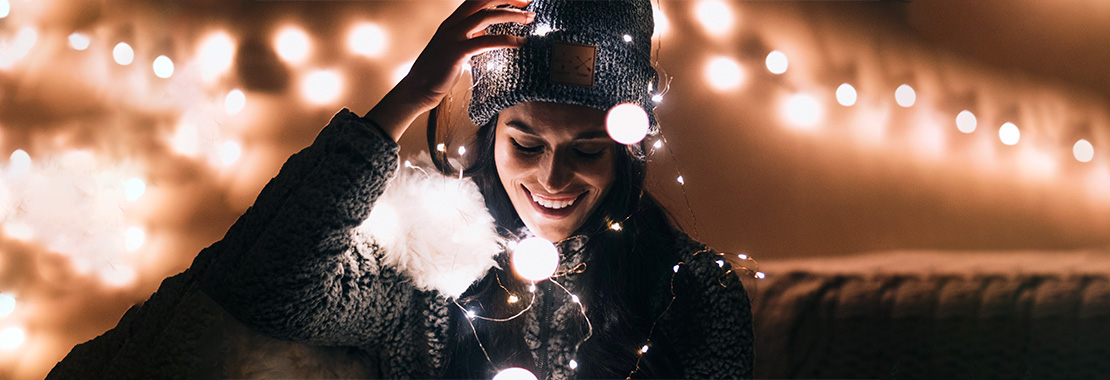Sherri Singer is a Professor and Department Head for Social & Behavioral Sciences at Alamance Community College in North Carolina
We all remember that one professor who made the subject come alive. They did something during those class sessions that kept us awake and engaged. Looking back those are my favorite courses. It’s those moments that made me want to be an educator. Today I want those moments in my classes, because they fuel my energy and provide encouragement. If you’re wondering how to engage students and create memorable moments in your classroom, a little bit of creativity and theatrics can go a long way.
Engage students with memorable activities
These activities fall into three categories; unexpected behavior by the instructor, bringing in tactile objects to enrich students and forced decisiveness. The best moments are quick, easy and force students to engage in some way. They push students to look at the world differently.
Unexpected behavior
Unexpected behavior on my part is always the best energizer. I start with playing loud music before class. The first few days, students don’t know what to think. After all, I’m old by their standards and maybe a little crazy. I bring the crazy to class as we discuss history—the weirder the better.
Every semester it happens, I “discover a backpack” (with permission). I walk around the classroom, kicking and poking at student’s bags and then “discover” one. I slowly go through the backpack, sorting items, offering students writing instruments, calculators and textbooks while keeping the iPad, laptop and wallet for myself. Students stare in shock as the willing student lets me pilfer their goodies. Occasionally, a student will speak up and say, “Hey, that’s their stuff” and I’ll say, “But I discovered it.” We will hopefully argue back and forth and then I share that I had the student’s permission. The goal of that moment is to discuss Columbus and his discovery of America. What right did he have to take so much and why didn’t Native Americans speak up? It is in that moment when students understand the power dynamics of early colonial history, and realize they are enjoying class.
Tactile objects
Students need to touch and feel the content material. This is easy in courses with labs, but with a Finance, History or Literature course, making a personal connection is often more difficult. The brown paper bag is a staple in my arsenal. You can put anything in a bag and ask students to analyze the contents. When I first saw the activity, my bag was filled with receipts from stores. My group was asked to analyze the spending habits of a household. Today my bag contains seeds, mini fake artifacts and even flour and sugar. We analyze the capabilities of a civilization based on the technology found in the bag. The bag is a mystery or a puzzle that students have to solve. The weirder the items, the harder they think.
Playdough is great way to engage students. You can make anything with it in a matter of minutes. A simple shape for math, a vein or bone for anatomy—or you can practice writing. One of my favorite activities is to hand students playdough and a card with an image as they walk into class. The directions are simple: make that object. the image is of a token from Ancient Sumer and is probably the first known form of writing. Students are shocked when I explain “you just made the first form of writing.” Then we begin using that playdough to write in ancient scripts.
You can bring anything to class to make a point, and the dollar store is a great place to start building your collection. One of my students’ favorites is salt. I have a collection of salts from around the world and use them as starter for discussions on trade. Students themselves are another quick and easy tool you can use for demonstrations. You can move them around your classroom to demonstrate events, reenact crime scenes or have them vote with their feet. In Medieval History, I ask for the tallest and shortest student to come stand in front of the class. We then discuss Charlemagne’s height versus the average peasant. It’s a quick visual image and students have to move.
Forced decisiveness
Each of these activities force students to make something, be decisive or just move. Those actions often make the moment. The choice you make in that quick moment could determine your role in class today. Having students make a quick choice by picking up an item such as a pen vs. pencil or blue vs. yellow marble, and then sorting students by their choices creates a thought-provoking moment. Looking back, my most memorable instructors were those who entered the class with a purpose, with a teaching goal for the day and with that special something that made me think.
Want more activities and tips on how to engage students? Explore our resources.

